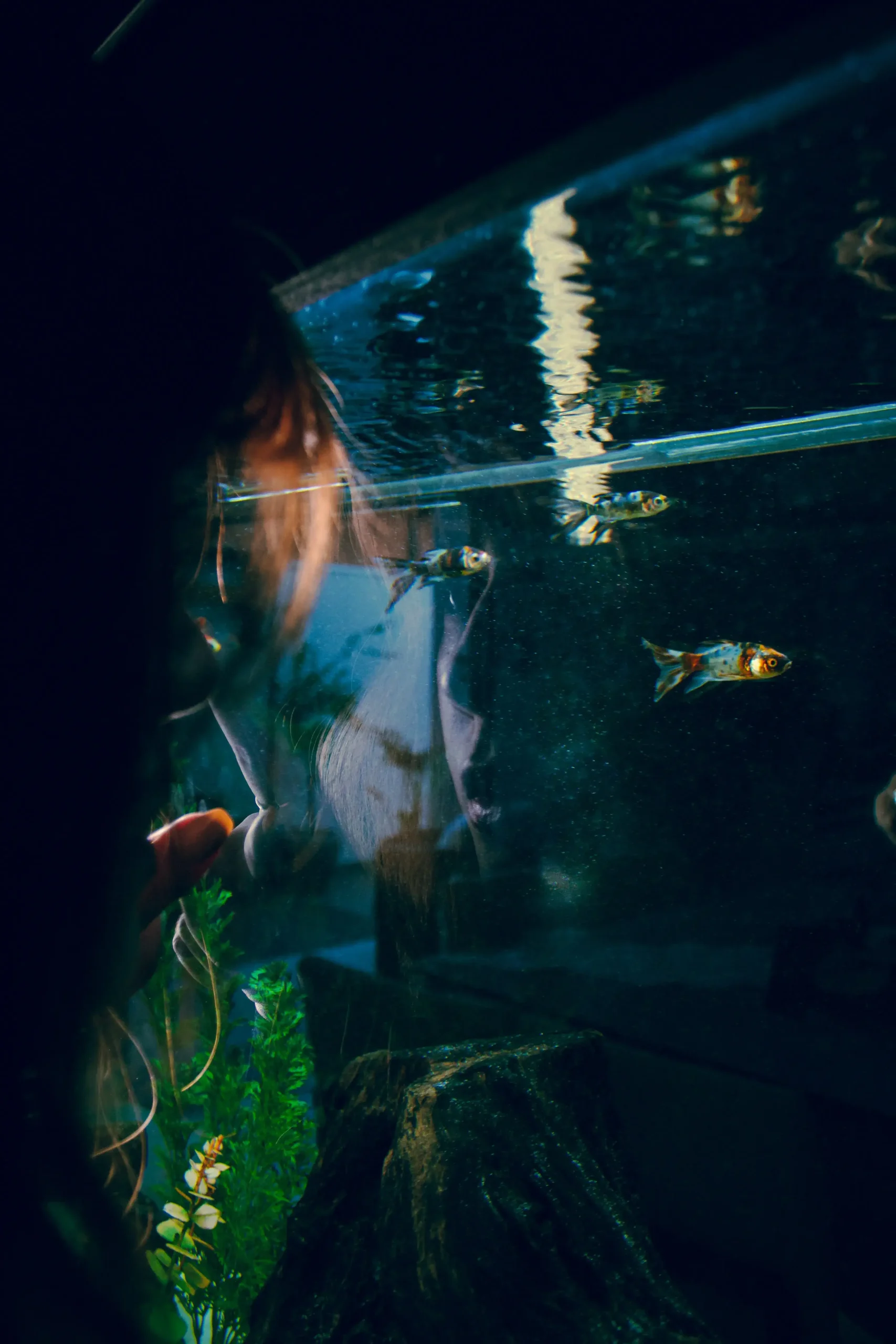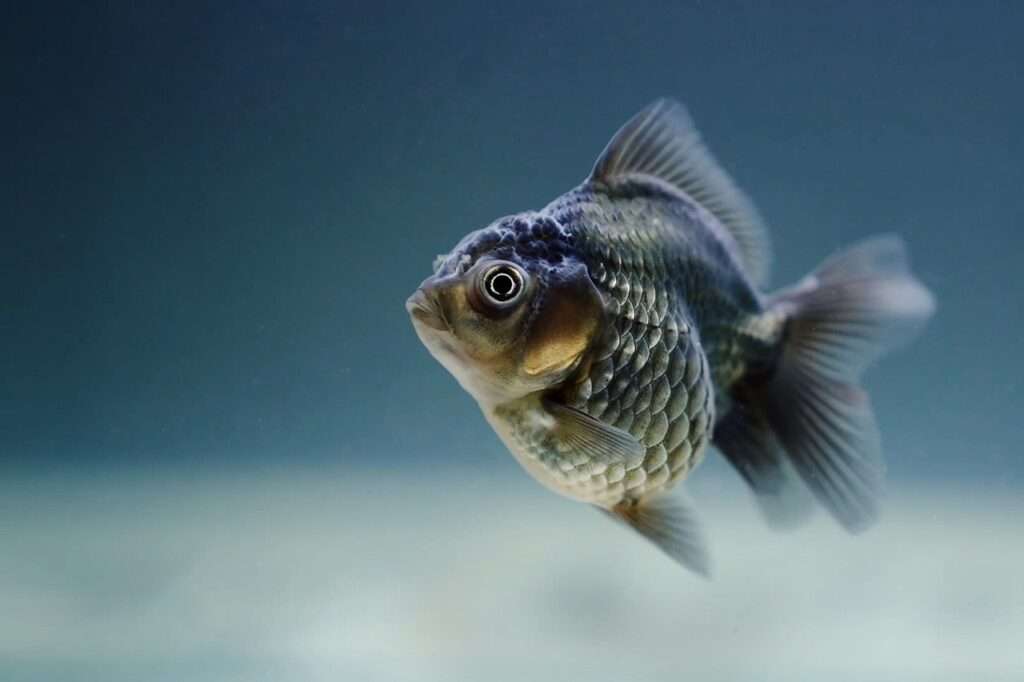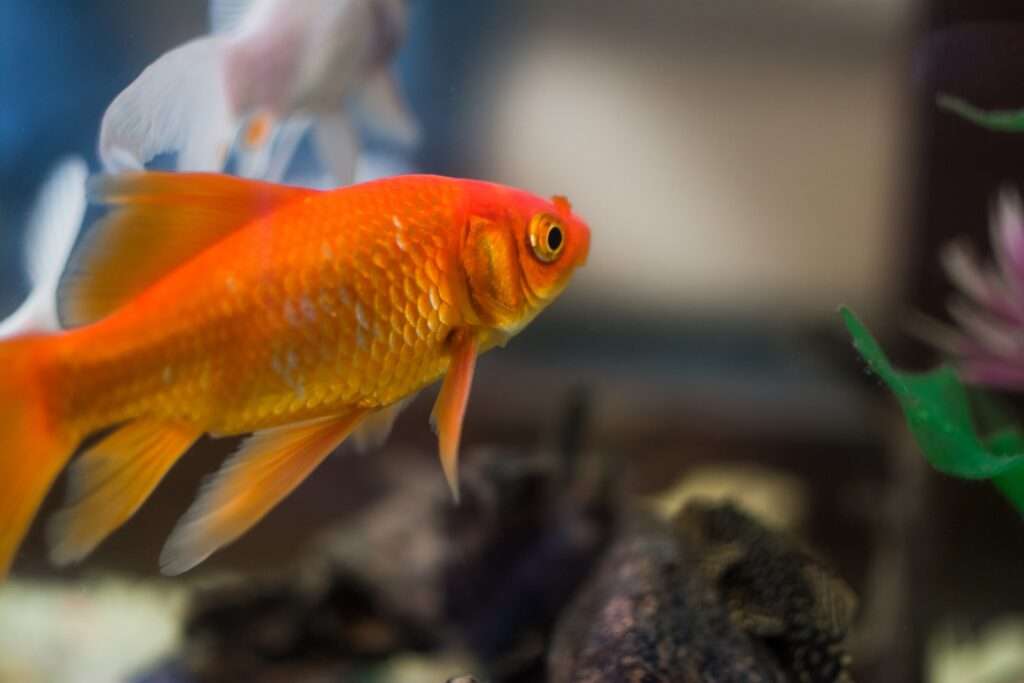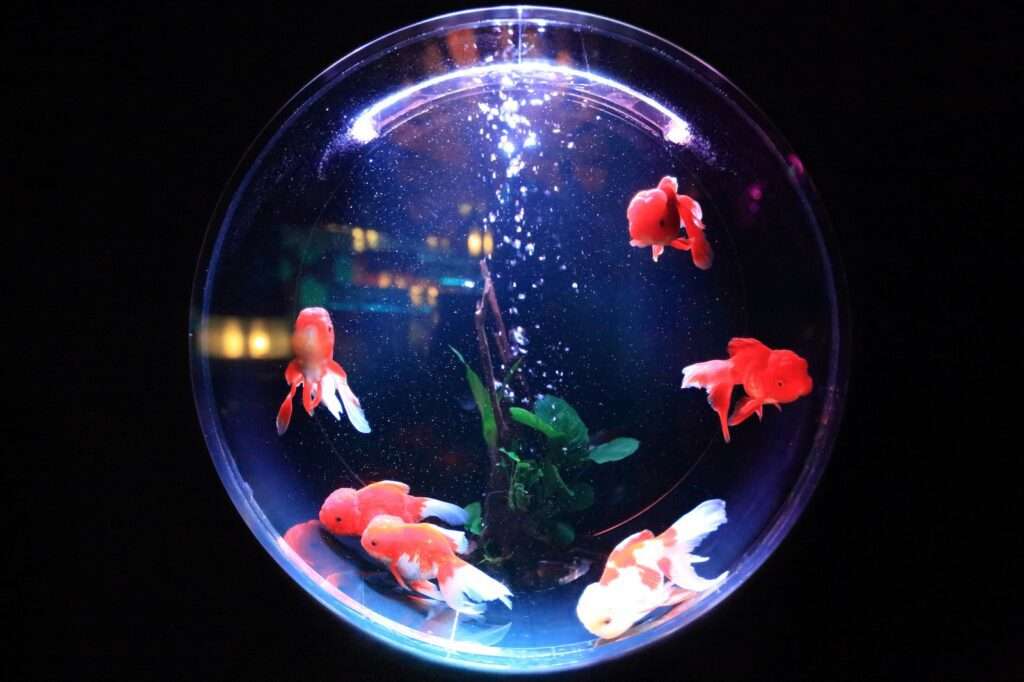Fish behavior is a fascinating topic that can greatly enhance our understanding and enjoyment of keeping aquariums. As aquarists, it is important for us to recognize that fish communicate through various cues and signals. In this article, we will delve into the intricacies of fish behavior, focusing on how the tank environment can influence their communication cues. By understanding these dynamics, we can create a more enriching and harmonious habitat for our aquatic friends.
Understanding fish behavior is significant for a number of reasons. Firstly, it allows us to enhance the welfare and well-being of our fish. By understanding their natural behaviors and needs, we can provide them with an environment that promotes their physical and mental health. This includes providing appropriate hiding spots, proper nutrition, and suitable tank mates.
Secondly, understanding fish behavior helps us to promote natural behaviors. Fish have evolved to exhibit certain behaviors in the wild, and it is important for us to recreate these behaviors in captivity. This can include providing them with spaces to explore, allowing them to engage in territorial activities, and providing opportunities for them to exhibit their natural feeding and breeding behaviors.
Lastly, understanding fish behavior helps us to prevent stress and illnesses. Fish are sensitive creatures, and a stressful environment can lead to a weakened immune system and increased susceptibility to diseases. By understanding their communication cues, we can ensure that our tank environment is optimized to reduce stress and promote their overall health.
Fish communicate through a variety of cues, including visual, acoustic, chemical, and electrical signals. Visual communication involves body language, postures, coloration, and patterns. By observing these cues, we can gain insights into their mood, social status, and reproductive behavior.
Acoustic communication in fish involves vocalizations and sounds. Some species of fish produce sounds to attract mates or establish territory. By understanding these sounds, we can gain insights into their reproductive behaviors and territorial boundaries.
Chemical communication in fish involves the use of pheromones and chemical signals. These signals can convey information about reproductive readiness, social status, and potential threats. By understanding these chemical cues, we can gain insights into their social dynamics and overall well-being.
Electrical communication is a unique form of communication in certain species of fish. They generate and detect electric signals and fields, which can be used for navigation, prey detection, and communication with other individuals of the same species.
The tank environment plays a crucial role in influencing fish communication cues. Factors such as water quality and clarity can impact visual communication. Clean water is essential for maintaining healthy fish, and water clarity affects their ability to see and interpret visual cues from other fish.
Tank size and layout also influence communication cues. Sufficient space allows fish to establish territories and engage in natural behaviors. The layout of the tank, including the placement of hiding spots and structures, can affect visual and acoustic communication between fish.
Lighting and visibility are important considerations for fish communication. Natural lighting can help replicate their natural habitat, while artificial lighting can be adjusted to optimize their communication cues. Proper lighting can also enhance the visibility of their coloration and patterns.
Tankmates and social dynamics are key factors that influence fish communication. Compatibility between different species and the presence of aggressive individuals can impact their ability to communicate effectively. Social hierarchy within a group of fish can also influence their communication cues.
In conclusion, understanding fish behavior is crucial for maintaining a thriving aquarium ecosystem. By considering the impact of the tank environment on communication cues, aquarists can foster a natural and harmonious habitat for their fish. Factors such as water quality, tank layout, lighting, and social dynamics all play a role in shaping fish behavior and communication. By taking these factors into account, we can create an environment that promotes healthy behaviors and enhances the well-being of our aquatic companions. So dive in, explore the intricacies of fish behavior, and create a thriving underwater world!









